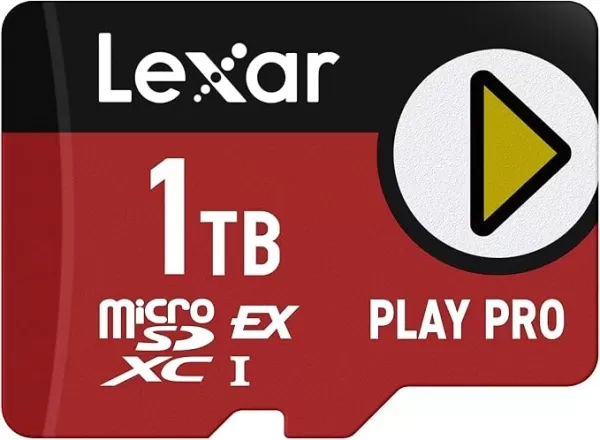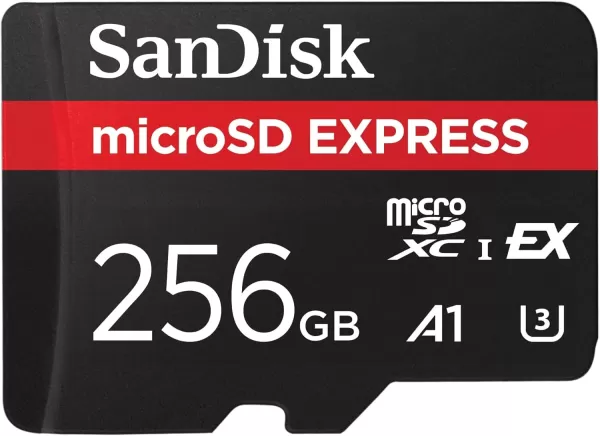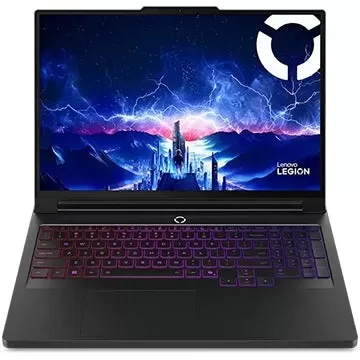MicroSD Express: Essential for Nintendo Switch 2
Last week, Nintendo unveiled the Nintendo Switch 2, announcing that it exclusively supports expansion via MicroSD Express cards. This might be inconvenient for those with existing MicroSD card collections, but it's a strategic move given the superior speed of MicroSD Express technology.
The primary advantage of MicroSD Express cards is their ability to match the read/write speeds of the Universal Flash Storage (UFS) used in the Switch 2's internal memory. This compatibility ensures that games stored on expansion cards can load just as quickly as those on the internal storage, theoretically enhancing gameplay without compromising on speed. The downside, however, is the incompatibility with slower, more affordable non-Express MicroSD cards.
MicroSD vs. MicroSD Express
Over the years, MicroSD cards have evolved through six speed ratings, starting from the initial 12.5MB/s to the latest SD UHS III at 312MB/s. Five years ago, the SD Association introduced the SD Express standard, which significantly boosted speeds by adopting a PCIe 3.1 interface instead of the slower UHS-I. This change allows full-sized SD Express cards to reach data transfer speeds up to 3,940MB/s. While MicroSD Express cards don't achieve the top speeds of their larger counterparts, they still offer impressive performance, reaching up to 985MB/s—three times faster than the fastest non-Express MicroSD cards.
Why Does the Switch 2 Require MicroSD Express?
Though Nintendo hasn't detailed its specific reasons, the primary motivation for requiring MicroSD Express cards is likely speed. Games stored on a MicroSD Express card load significantly faster than on a traditional UHS-I MicroSD card, thanks to the PCIe 3.1 interface. This could set a precedent for future handheld gaming PCs as well.
The internal storage of the Nintendo Switch 2 has been upgraded to UFS from eMMC, which aligns well with the decision to use MicroSD Express for expansion. Early demonstrations suggest that load times for games like Breath of the Wild have improved dramatically, with fast travel times reduced by 35% according to Polygon, and initial load times improved by a factor of three as reported by Digital Foundry. These improvements might be attributed to the faster internal storage, but could also be influenced by enhanced CPU and GPU capabilities. The key is that external storage needs to keep pace to ensure that future games don't face performance bottlenecks when stored on SD cards.
Additionally, this move future-proofs the console, accommodating even faster storage solutions. The current fastest SD standard, SD 8.0 Specification, allows full-size SD Express cards to reach speeds up to 3,942MB/s. While MicroSD Express cards aren't there yet, they could reach these speeds in the future, provided the Nintendo Switch 2 supports them.
MicroSD Express Capacity Options
Although MicroSD Express cards are not yet widespread, their adoption is expected to increase with the Nintendo Switch 2's launch. Currently, options are limited. For example, Lexar offers a single MicroSD Express card in 256GB, 512GB, and 1TB capacities, with the 1TB variant priced at $199.

Lexar Play Pro MicroSD Express
0See it at Amazon
SanDisk, on the other hand, lists a single MicroSD Express card with a maximum capacity of 256GB, which matches the internal storage of the Switch 2. As the launch approaches, expect more options to become available, particularly from manufacturers like Samsung, who will likely expand their offerings in response to demand.

SanDisk MicroSD Express 256GB
0See it at Amazon




























